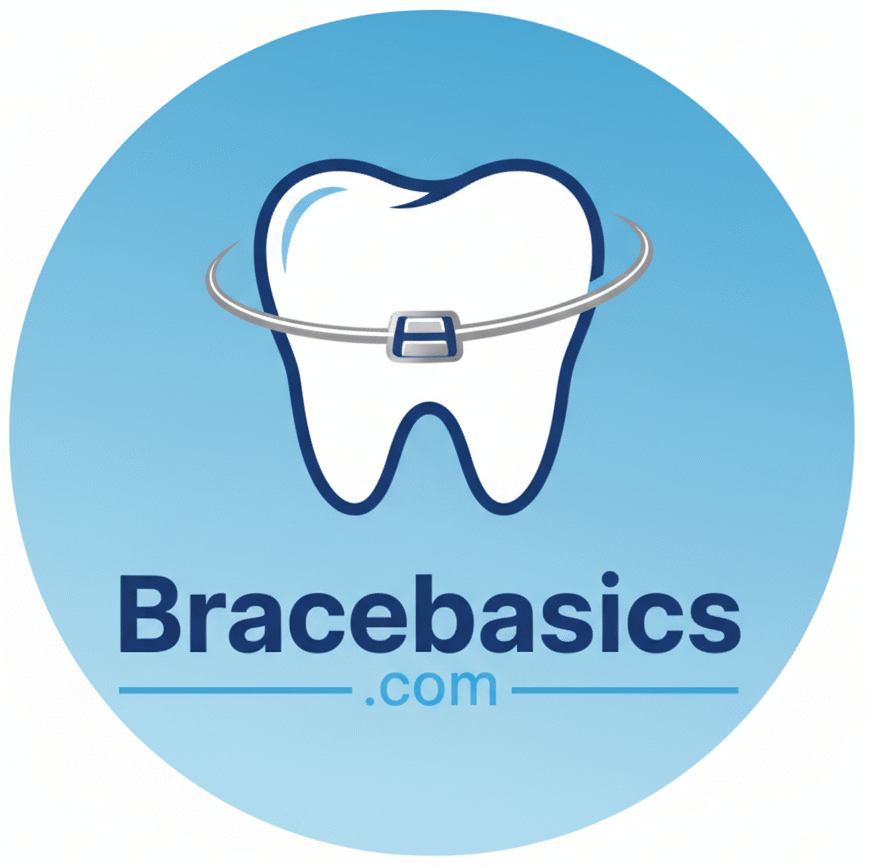The question “When Were Braces Invented?” takes us on a fascinating journey through centuries of dental history.The history of braces is a long journey of science, beauty, and medicine. People wanted teeth straightening since ancient times, not only for appearance but also for health. Early orthodontic treatment was crude, but it showed how much humans cared about fixing crooked teeth and improving jaw alignment.
Over time, braces evolved from gold wire braces and animal intestine cord (cat gut braces) to advanced orthodontic devices. Today, patients enjoy modern orthodontic innovations like clear aligners history, 3D imaging, and digital planning. This dental history proves how far dentists and orthodontists have come in solving crowding and gaps with safe and effective methods.
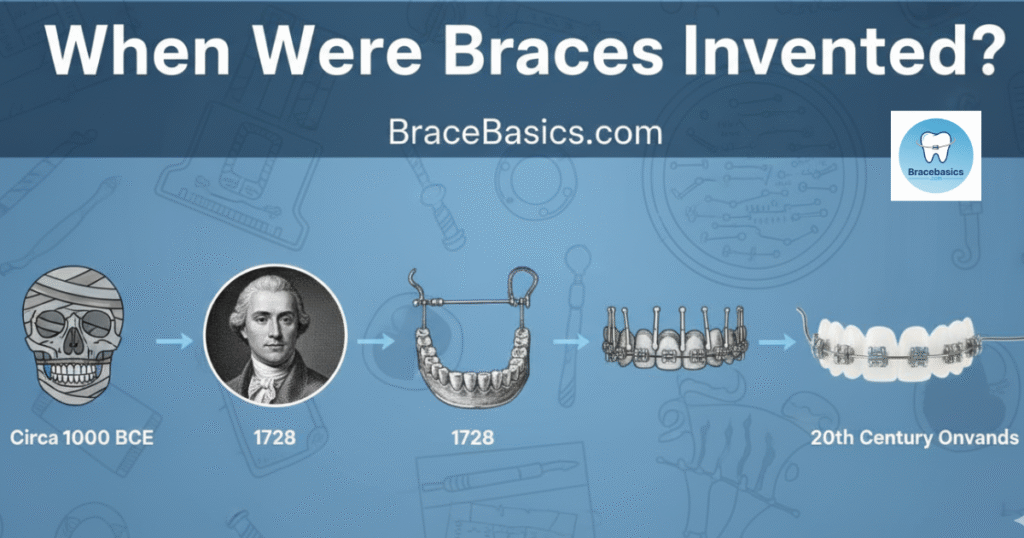
Ancient Civilizations and Early Attempts at Braces
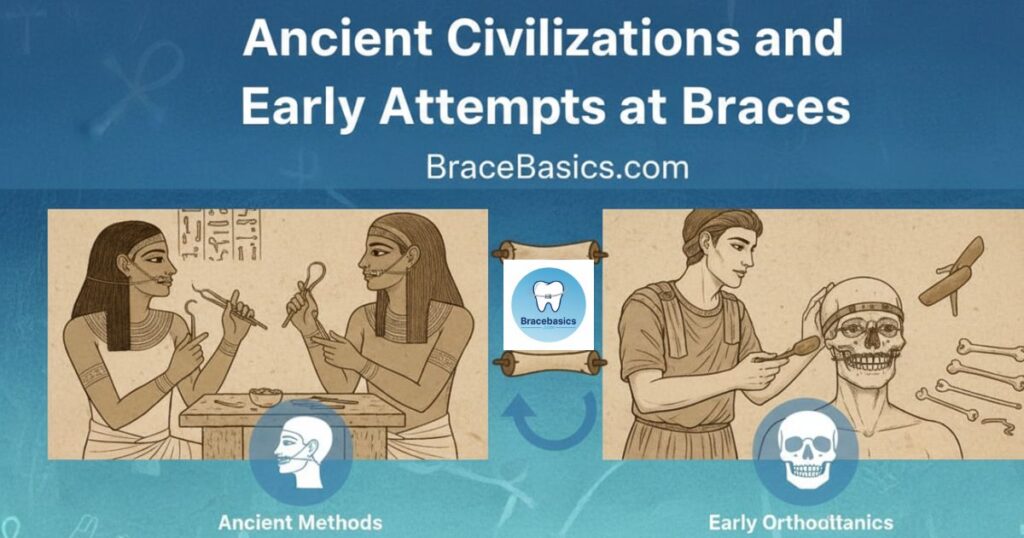
The earliest known ancient braces Egypt were found on mummies. Archaeologists discovered metal wires tied around teeth using animal intestine cord (cat gut braces). This shows Egyptians valued smile transformation even in death rituals. Their orthodontic devices were more spiritual than medical but started the evolution of orthodontics.
Greek and Roman orthodontics also played a major role. The Etruscans placed dental bands in burial rituals. The ligature wire Roman dentistry writings by Celsus explained methods to move crooked teeth. Ancient Greeks even tied metal wires around teeth to prevent shifting. These early orthodontic procedures proved mankind’s desire for better teeth straightening.
Medieval Dentistry and The Dark Ages
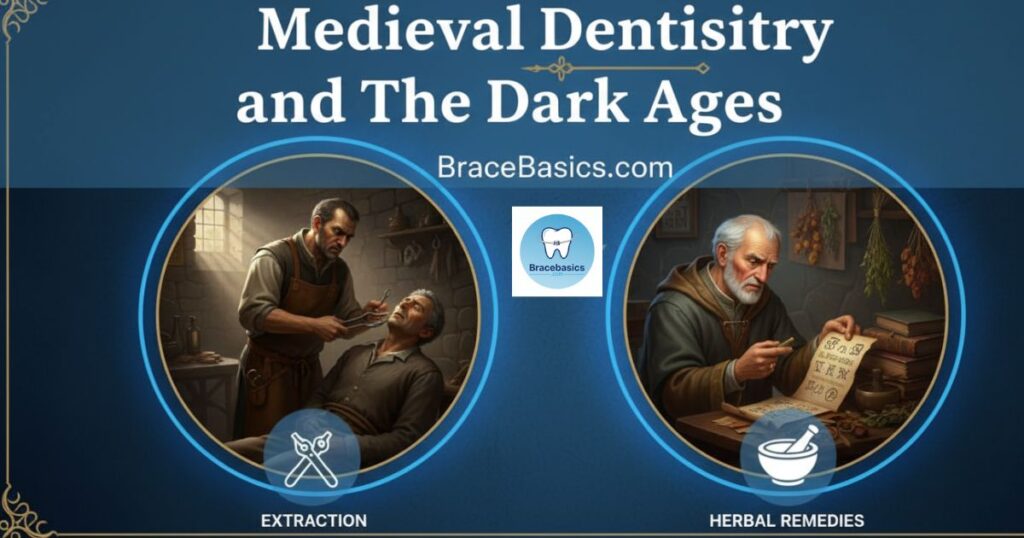
During the Dark Ages, progress in orthodontics nearly stopped. Much dental history was lost, and people relied on painful extractions. Knowledge of orthodontic devices and teeth straightening methods faded as Europe struggled with wars and disease.
Still, primitive tools existed. Dentists used crude pliers, mouth guards, and sharp knives. These weren’t true orthodontic innovations, but they show attempts to fix jaw alignment and severe crowding and gaps. The lack of comfort or science delayed the evolution of orthodontics until the Renaissance.
The Renaissance & Birth of Modern Dentistry
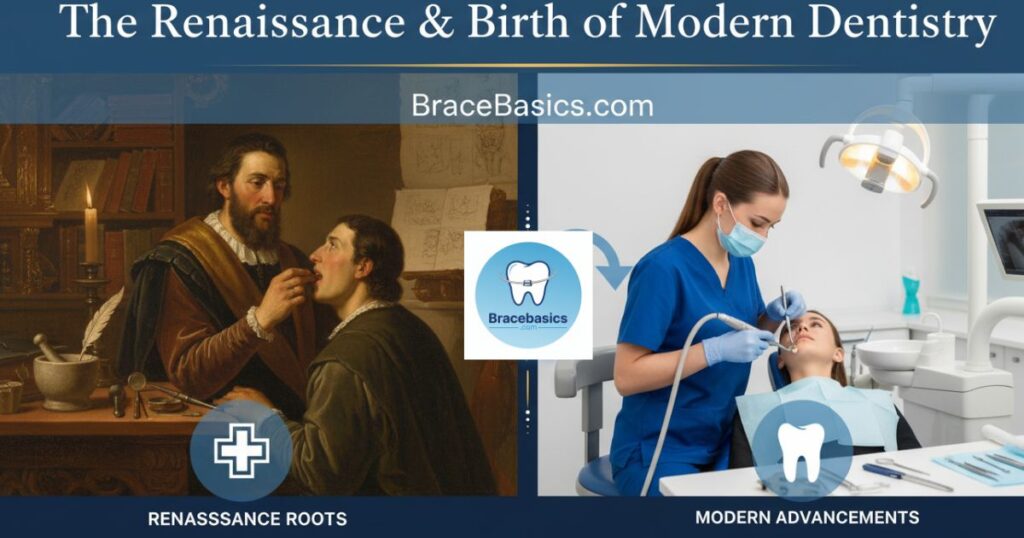
In the 16th–18th centuries, medicine revived. This period brought a return of scientific curiosity in dental history. The famous Pierre Fauchard Bandeau marked a turning point. Known as the “Father of Modern Dentistry,” Fauchard created a mouthguard device to widen arches and improve teeth straightening.
Other dentists expanded his work. They experimented with metal wires, dental adhesive, and new orthodontic devices. These early orthodontic procedures laid the groundwork for the evolution of orthodontics, moving from guesswork to structured orthodontic treatment.
19th Century Breakthrough – The Official Birth of Braces
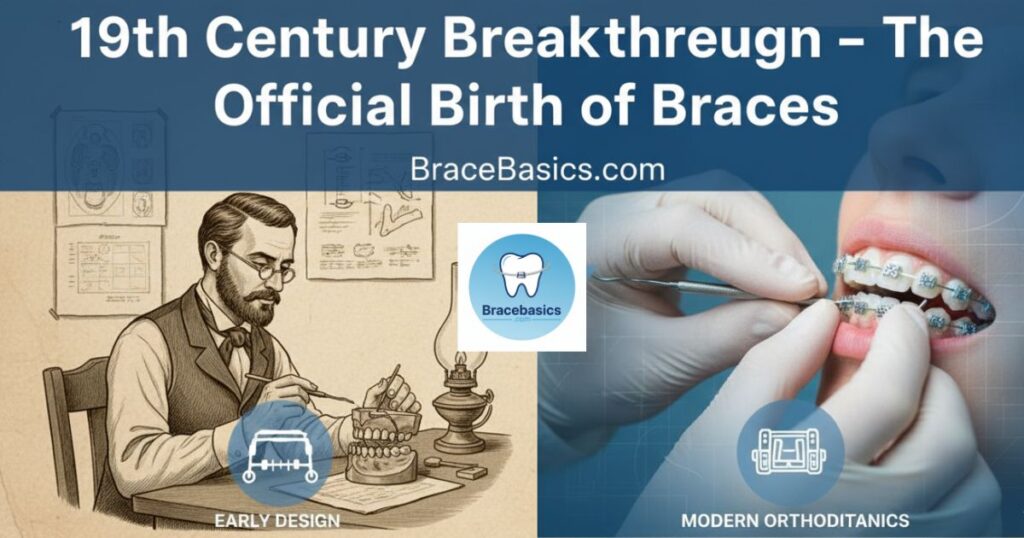
In 1819, Christophe-François Delabarre braces were introduced. He created the wire crib, considered the first true modern orthodontic device. These early braces used gold wire braces, ivory, and silver, proving dentists had advanced skills.
Later, Edward Maynard elastics improved flexibility, while Henry A. Baker orthodontics introduced rubber bands for jaw alignment. Around the same time, the dental dam invention gave more control to the dentist. By the late 1800s, orthodontics became an official dental specialty, paving the way for modern orthodontic treatment.
Braces in the 20th Century – Innovation & Accessibility
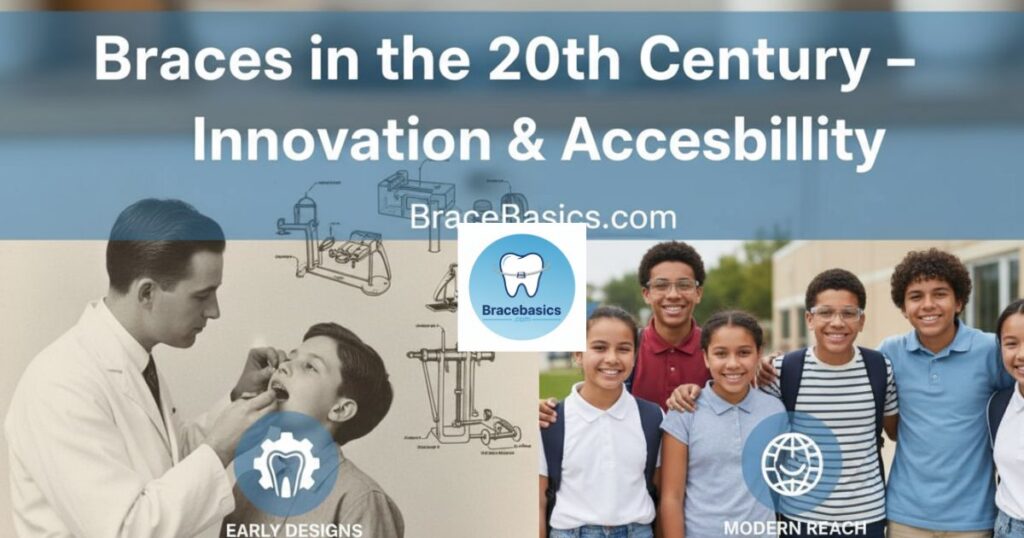
The 20th century changed everything. Braces moved from luxury to common orthodontic treatment. Mass production made them cheaper. The arrival of stainless steel braces 1970s replaced gold, creating durable and affordable orthodontic devices.
American dentists and orthodontists became world leaders. They introduced better dental technology, more comfortable elastics for braces, and reliable metal wires. This gave patients hope for real smile transformation. By mid-century, braces symbolized not just health but also confidence in the USA.
| Decade | Orthodontic Innovation | Impact |
|---|---|---|
| 1900s | Gold & silver braces | Costly and rare |
| 1950s | Stainless steel wires | Affordable braces for many |
| 1970s | Elastics & adhesives | Improved patient comfort |
| 1990s | Clear aligners | Start of invisible solutions |
The Rise of Invisible & Clear Braces
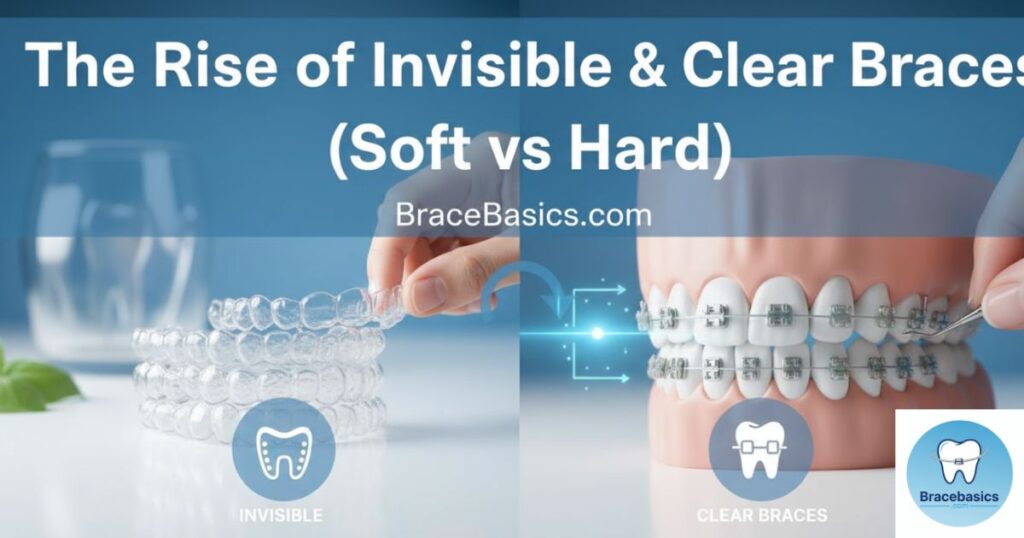
The 1970s brought lingual braces placed behind the teeth. These invisible braces were discreet but costly. Still, they marked a step toward modern orthodontic innovations focused on patient comfort.
By the 1990s, the Invisalign 1997 history began. These aligners changed the evolution of orthodontics. For the first time, dentists could straighten teeth without metal wires. This new dental technology was a breakthrough in both science and fashion.
Braces in the 21st Century – What We Have Today
Today’s modern braces development offers many choices. Patients can pick metal wires, ceramic, or self-ligating systems. Each option gives safe and effective orthodontic treatment for crooked teeth and crowding and gaps.
Digital tools also transformed orthodontics. 3D imaging in orthodontics and computer scans allow precise planning. AI designs custom orthodontic devices that reduce time and increase patient comfort. This mix of science and style defines the future of smile transformation.
Fun & Surprising Facts About Braces History
Braces were once a sign of wealth. A full set of gold wire braces could cost as much as a house. Today, they’re far more affordable thanks to stainless steel braces 1970s.
Many famous figures wore braces. Historical leaders, athletes, and actors all trusted orthodontists for teeth straightening. Oddly, some early inventors even tried wood and ivory for orthodontic devices, showing how far dental technology has come.
Future of Braces – What’s Next?
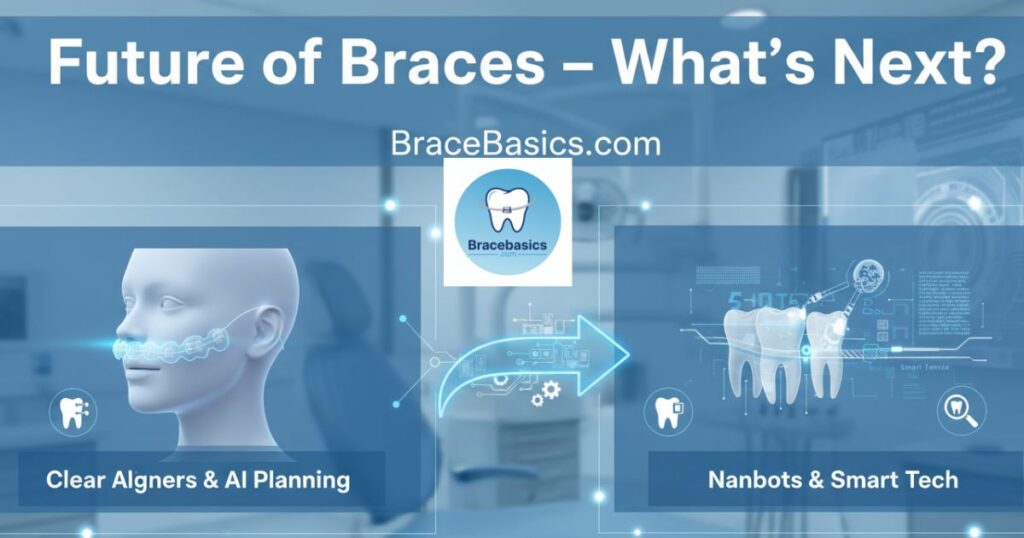
The future of orthodontics is exciting. Engineers are testing smart braces with tiny sensors. These devices track jaw alignment and adjust pressure.
Researchers are also exploring nanotechnology and eco-friendly materials. Soon, braces may become fully invisible and even painless. The future of orthodontic innovations is about blending patient comfort with effective teeth straightening.
FAQs
When were braces first widely used?
Braces became widely used in the early 1900s, especially in the United States. With the rise of orthodontists and better orthodontic devices, more families could access orthodontic treatment. By the stainless steel braces 1970s, braces were common and no longer just for the wealthy.
Did kids have braces in 1940?
Yes, but only a small number. In the 1940s, braces were mostly for wealthy children or adults. Orthodontic treatment was costly, often made with gold wire braces. It wasn’t until after World War II, when dental technology improved, that more kids began wearing braces.
What did braces look like in the 1920s?
In the 1920s, braces were bulky and less comfortable. They used metal wires, dental adhesive, and even ivory. Some designs wrapped around nearly every tooth. Compared to today’s sleek orthodontic devices, these early models looked more like heavy metal frames.
How much did braces cost in 1960?
In the 1960s, braces could cost around $2,000–$3,000 in the U.S. That was a huge amount for the time, equal to nearly $20,000 today. The switch to stainless steel braces 1970s soon made orthodontic treatment far more affordable for middle-class families.
Who invented braces?
Christophe-François Delabarre braces in 1819 were the first true modern braces, using a wire crib design.
When did braces become popular?
Braces grew popular in the U.S. after the stainless steel braces 1970s, making them affordable for middle-class families.
Were braces always for kids?
No. Early orthodontic procedures were mostly for wealthy adults. Child-focused orthodontic treatment became common in the 20th century.
What did people use before braces?
Ancient methods included gold wire braces, ligature wire Roman dentistry, and animal intestine cord (cat gut braces).
When was Invisalign invented?
The Invisalign 1997 history started in California. Clear aligners quickly grew into a global orthodontic treatment.
Conclusion, When Were Braces Invented?
The history of braces shows humanity’s endless pursuit of smile transformation. From ancient braces Egypt to Greek and Roman orthodontics, every culture shaped the evolution of orthodontics.
Today, modern orthodontists use clear aligners history, 3D imaging in orthodontics, and advanced orthodontic devices. This long journey proves braces are not only about teeth straightening but also confidence, health, and the art of creating lasting smiles.
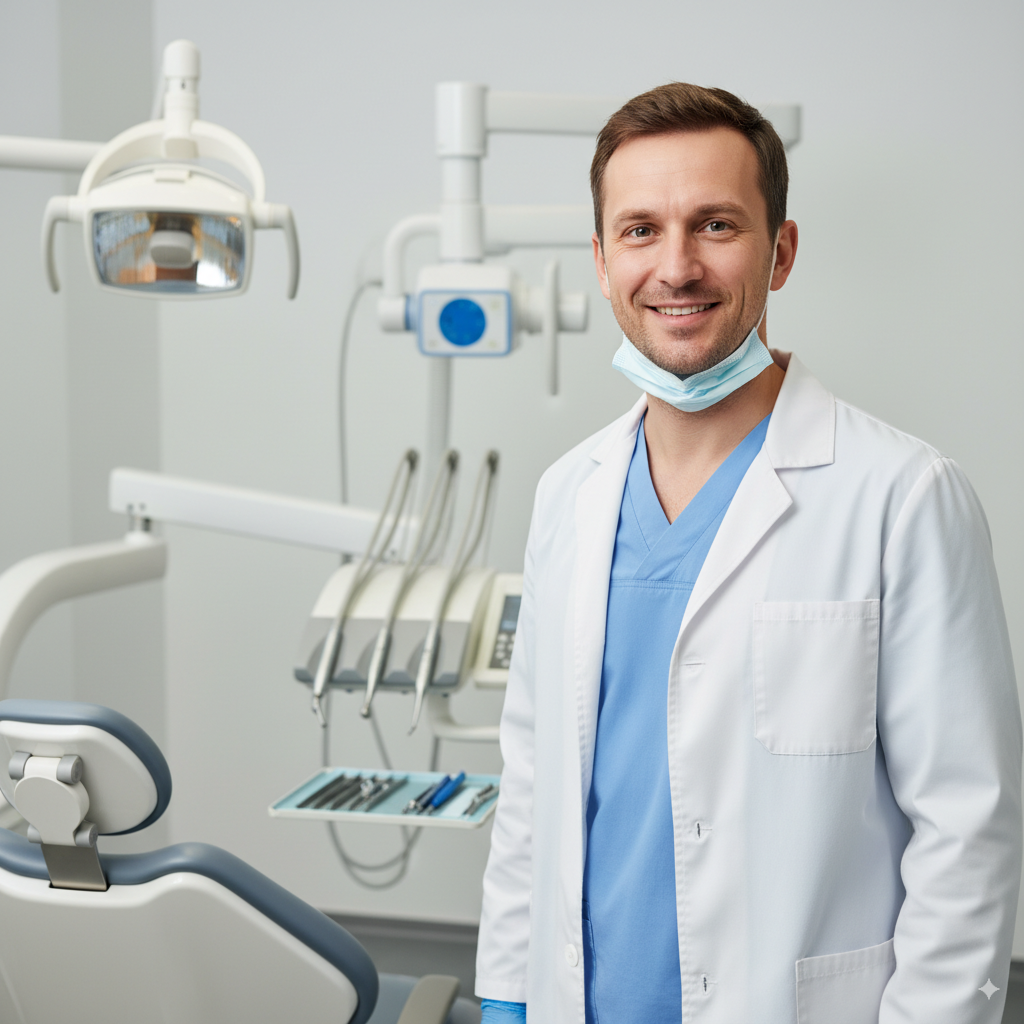
Hi, I’m Dr. Martin, the founder of BracsBasics.com. With years of experience in orthodontics, I’ve made it my mission to simplify braces care for patients of all ages. Here, you’ll find easy-to-understand advice, practical tips, and reliable resources to make your braces journey smoother, healthier, and stress-free. My goal is to help you smile with confidence every step of the way.
